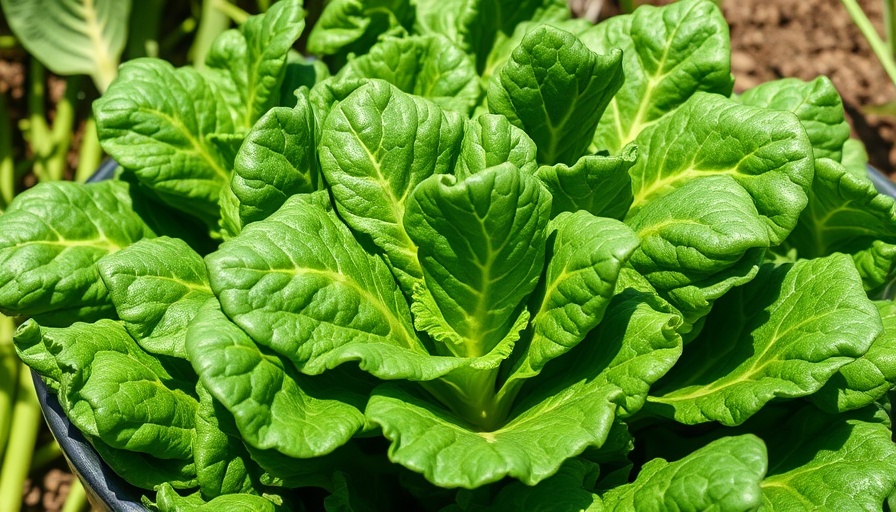
The Revival of Collard Greens: From Traditional to Trendy
Once regarded as an underappreciated staple in Southern cuisine, collard greens are experiencing a renaissance. Historically, these nutrient-rich greens were integral to diets around the world, yet over time, they fell out of favor, often associated with poverty rather than nutrition. Today, however, a growing interest in sustainable living and cooking has brought these leafy greens back into the limelight, showcasing their versatility and health benefits.
The Nutritional Powerhouse of Collard Greens
Collard greens belong to the same family as kale and cabbage and boast a rich nutritional profile. Packed with vitamins A, C, and K, along with essential minerals like calcium and iron, they are an excellent addition to any diet. Studies have shown that the nutrients found in collard greens can aid in digestion, support bone health, and even play a role in cancer prevention. The recent trend towards plant-based diets has further fueled interest in this resilient green.
How to Grow Collard Greens Successfully
Growing collard greens is both rewarding and straightforward, making them perfect for amateur gardeners and seasoned horticulturists alike. They thrive in various climates, adapting well to both cooler and warmer conditions. For those starting out, it's recommended to plant seeds in well-draining soil rich in nitrogen, ideally during early spring or fall. This allows the plants to sprout in cooler weather, and they will endure even the heat that makes their cousin vegetables struggle.
The Ideal Growing Conditions for Collards
Collard greens flourish with at least six hours of sunlight and consistent moisture. Mulching is vital, particularly in warmer climates, to maintain soil moisture and suppress weeds. Regular feeding with nitrogen-rich fertilizers can enhance their growth, leading to larger, tastier leaves. Gardeners should be vigilant for pests like aphids and cabbageworms, which can threaten their crop but can be managed with organic remedies.
Harvesting: Get the Most from Your Collards
What sets collard greens apart is their harvestability—much like kale, they can be harvested leaf by leaf, allowing for prolonged harvesting seasons. The leaves mature within around 60 days, but they can be picked earlier for baby collards. This approach not only reduces waste but also encourages continued growth, providing fresh greens for months.
Creative Ways to Use Collard Greens
Gone are the days when collard greens were reduced to a soggy side dish. These greens can be used creatively in wraps, stir-fries, and salads. When slightly steamed, they become pliable enough to replace tortillas, making for healthy, gluten-free meals. From soups to sautés, the culinary possibilities are endless. Inventive recipes are popping up that highlight their texture and nutrient content, turning collards from a side dish into a centerpiece.
Conclusion: Join the Collard Greens Craze
The resurgence of collard greens reflects a broader trend towards healthy eating and sustainability. By integrating these greens into your diet, you not only nourish your body but also support agricultural diversity. Now is an ideal time for both seasoned gardeners and novices to explore this versatile vegetable. Not only will your palate benefit, but you'll also help rejuvenate a culinary tradition that deserves its place on dinner plates again.
 Add Row
Add Row  Add
Add 




Write A Comment